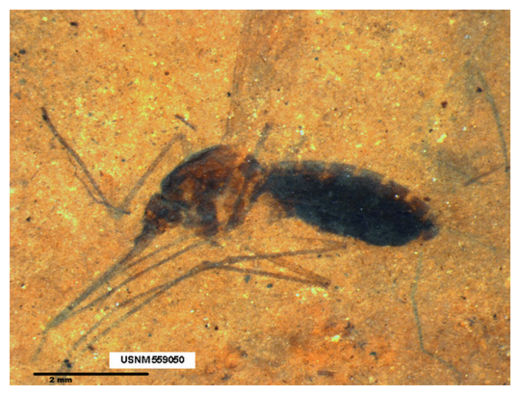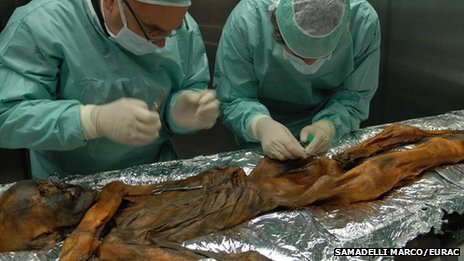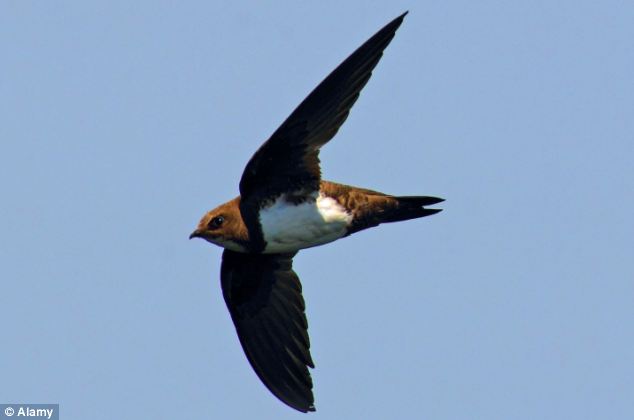
© Smithsonian InstitutionThe fossil of a blood-engorged mosquito was found in northwestern Montana.
About 46 million years ago, a mosquito sunk its proboscis into some animal, perhaps a bird or a mammal, and filled up on a meal of blood. Then its luck turned for the worse, as it fell into a lake and sunk to the bottom.
Normally this wouldn't be newsworthy, and nobody would likely know or care about a long-dead insect in what is now northwest Montana. But somehow, the mosquito didn't immediately decompose - a fortuitous turn of events for modern-day scientists - and
became fossilized over the course of many years, said Dale Greenwalt, a researcher at the National Museum of Natural History in Washington, D.C. Greenwalt discovered the mosquito fossil after it was given to the museum as a gift, and he immediately realized the specimen's rarity.
It is, in fact, the only blood-engorged mosquito fossil found, Greenwalt told LiveScience. The fossil is even stranger because it comes from shale, a type of rock formed from sediments deposited at the bottom of bodies of water, as opposed to
amber, the age-old remains of dried tree sap, in which insect remnants are generally better preserved.
"The chances that such an insect would be preserved in shale is almost infinitesimally small," Greenwalt said.
In their study, Greenwalt and his collaborators bombarded the mosquito fossil with molecules of bismuth, a heavy metal, which vaporizes chemicals found in the fossil. These airborne chemicals are then analyzed by a mass spectrometer, a machine that can identify chemicals based on their atomic weights, Greenwalt said. The beauty of this technique, called time-of-flight secondary ion mass spectrometry, is that it doesn't destroy the sample - previously, similar techniques required grinding up portions of fossils, he added. The analysis revealed hidden porphyrins, organic compounds found in hemoglobin, the oxygen-carrying protein in blood, hidden in the fossilized mosquito's abdomen.



Comment: For some food for thought see: On viral 'junk' DNA, a DNA-enhancing Ketogenic diet, and cometary kicks